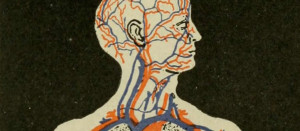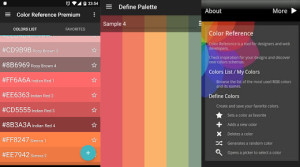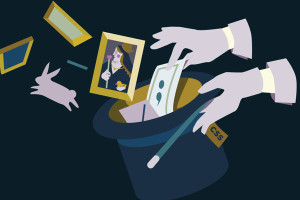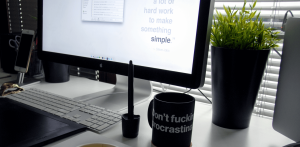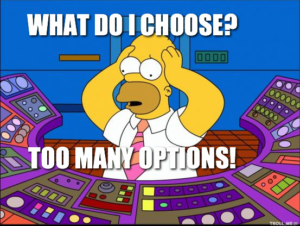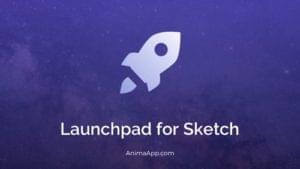When version 3 was released, Sketch App really came to light, and that’s when we began comparing it to Photoshop – the biggest design tool in the world. Not many companies had the courage to square up to Adobe like Sketch App did, so it’s only natural that we used Photoshop for more than image manipulation.
Sketch has been very influential. Not only have we seen a huge rise in new design tools since its arrival, but it became sensational enough that we began comparing it to Photoshop.
Photoshop was never suitable for web design (hello, it’s called Photoshop), but for a long time, there was nothing else. I always found it silly to compare Sketch App to Photoshop, and the conclusion was always the same; “it depends on what you’re using it for”. But now that’s changing. Adobe has become more aware.
Let’s take a look at how Adobe is fighting back.
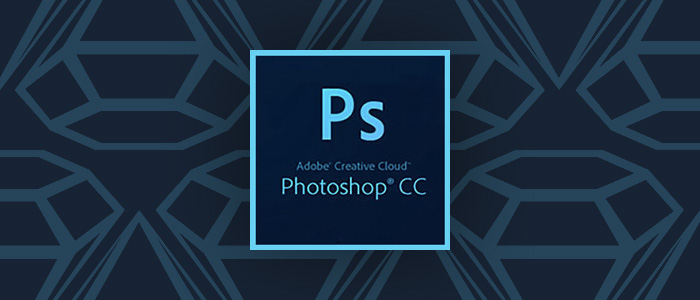
Exporting Assets
As I’ve said many times before, the Export function is Sketch App’s most redeeming feature, so it makes sense that Adobe then went and integrated their own “Generate Assets” feature into Photoshop as their first act of officially declaring that Photoshop could be used as a user interface design tool.
Here’s a quick breakdown of how the two features compare:
Sketch
Select a layer and click “Make Exportable” in the bottom-right corner. Optionally, you can define settings such as size, suffix and format, depending on how the images will be used and on what type of device; retina, non-retina, web – and so on.
Sketch remembers each export and this is called a “Slice”, and you can access those slices in an interface with command+shift+e to reinitiate one, two, or all of those slices again.
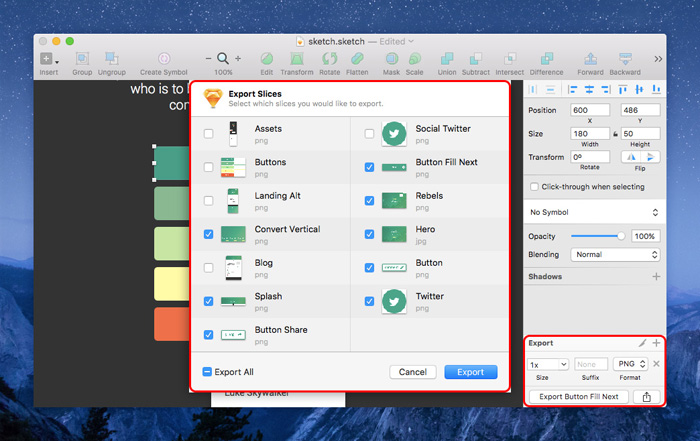
Photoshop
Adobe does it differently. It’s up to you to decide which is better, but to my surprise (I’m a die-hard Sketch fan) I actually think Adobe’s way is rather spectacular. First, turn on the feature by navigating to File – Generate – Image Assets.
Now create a simple square and save the document. Photoshop automatically exports your assets to a folder depending on how you name the layer, so let’s start with square.png – the fact that you’ve specified a filetype tells Adobe that you want a PNG file, but the rest of the settings can remain default.
You can also specify PNG8/PNG24 (example.png8, example.png24) or even “example.jpg100%”, which means JPG with 100% quality instead of 90% quality, which is the default. Now lets crank it up a notch – let’s try “200% example-retina.png, example.png”.
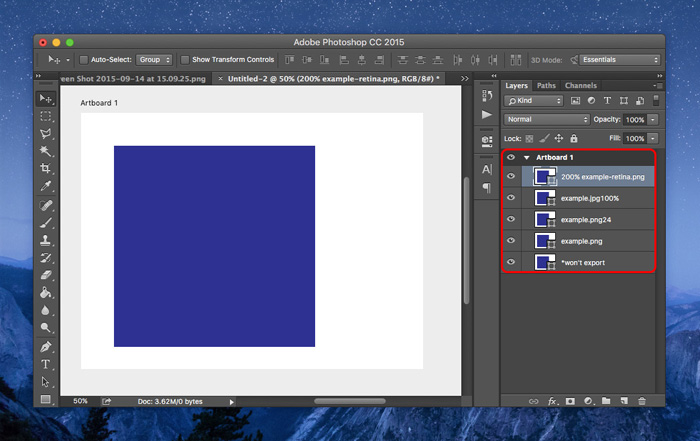
In english translation, this means: “create your average, run-in-the-mill PNG but also create a retina version for the iPhone.” All assets are automatically updated upon save.
Not only do I think that this is a terrific move by Adobe, but their decision to keep this mostly interface-free shows that Adobe is truly listening to their users – one of the biggest concerns from Photoshop users is that Adobe software is very clunky. Hopefully, they will take this approach more often.
Artboards
Artboards are an integral component in Sketch, much like they always have been in Adobe Illustrator, but until a couple of months ago, Photoshop didn’t have anything of the sort.
Let’s compare.
Sketch
Press “A” and The Inspector (on the right-hand side) will list all the artboard sizes available. Click, choose, enjoy.
Photoshop
When you open a new document you’ll have the opportunity to start with an artboard, where the options are rather standard, much like Sketch. It almost seems as if you cannot have artboards side-by-side, but if you right-click on the “Move Tool” in the toolbar you’ll be able to select the Artboard Tool; after that, select a “Size” and then click the “Add New Artboard” button.
Or, alternatively, you can draw out a randomly sized artboard and use the Size option to change it. You can also change the orientation of the artboard by using the “Make Portrait” and “Make Landscape” options in the same menu bar. In a true Adobe fashion, the user experience has been traded in for more flexibility, so I suppose it comes down to what you value more.
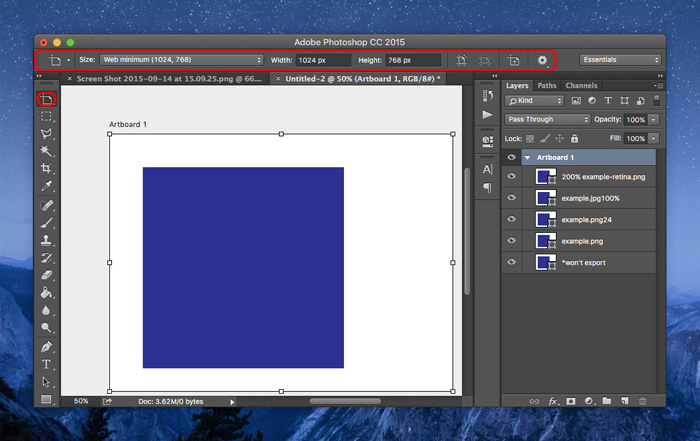
I adore the simplicity of Sketch App, so for me, I have to say that Photoshop still has work to do regarding artboards, but I’m happy at the fact that Photoshop is on the right track. What would benefit Photoshop the most is a complete rethink of their keyboard shortcuts, helping users to navigate to the tools they want to use with minimal effort. Less clicking, fewer menu’s.
Conclusion
I think Photoshop’s clunkiness is still thwarting its own development, but on the other hand, there are times when I wish Sketch had more features. Our trade is advancing faster than it ever has before, and it seems that our needs vary from designer to designer on a huge scale, and change so frequently that software makers, I would assume, find it hard to keep up.
In any case, it’s nice to see Photoshop evolving into a well-rounded design tool that caters for screens and devices, and not only does it seem that Adobe is looking to rival Sketch App, but they also appear to be improving their features, rather than copying them. So… which export feature did you like best?
Frequently Asked Questions about Sketch App and Adobe Photoshop
How has the Sketch App influenced Adobe Photoshop’s development?
The emergence of Sketch App, a vector graphics editor for digital design, has significantly influenced Adobe Photoshop’s development. Sketch App’s user-friendly interface and focus on web and UI/UX design have pushed Adobe to incorporate similar features into Photoshop. For instance, Adobe has introduced ‘Artboards,’ a feature that allows designers to work on multiple designs within the same workspace, similar to Sketch’s Pages feature.
What are the key differences between Sketch App and Adobe Photoshop?
While both are powerful design tools, they cater to different needs. Sketch App is primarily used for UI/UX design and prototyping, offering features like Symbols and Overrides that allow for efficient design and reusability. On the other hand, Adobe Photoshop is a comprehensive tool for photo editing, graphic design, and digital art, with a wide range of features for image manipulation, layering, and color correction.
What is Adobe Fresco, and how does it compare to Sketch App and Photoshop?
Adobe Fresco is a drawing and painting app designed for touch devices. It offers a natural and versatile drawing experience with a range of brushes and tools. While Sketch App is more focused on digital design and Photoshop on image editing, Adobe Fresco is geared towards artists who want to create digital paintings and illustrations.
How can I use Artboards in Photoshop?
Artboards in Photoshop allow you to work on multiple designs within the same workspace. To create an Artboard, select the Artboard Tool from the toolbar or choose ‘New Artboard’ from the Layer menu. You can then customize the size, orientation, and other properties of the Artboard. You can also duplicate, delete, and rearrange Artboards as needed.
Why has Adobe ended support for Sketch and Draw mobile apps?
Adobe has decided to discontinue its Sketch and Draw mobile apps to focus on developing more comprehensive and versatile tools like Adobe Fresco. While Sketch and Draw were popular for basic drawing and sketching, Adobe Fresco offers a more advanced and natural drawing experience with a wider range of brushes and tools.
How does Sketch App’s Pages feature compare to Photoshop’s Artboards?
Sketch App’s Pages feature allows designers to organize their work into different pages within the same document, each with its own Artboards and layers. This is particularly useful for working on different versions or aspects of a design simultaneously. On the other hand, Photoshop’s Artboards feature allows for multiple designs within the same workspace but does not offer the same level of organization as Sketch’s Pages.
Can I use Photoshop for UI/UX design like Sketch App?
Yes, Photoshop can be used for UI/UX design, but it may not be as efficient or straightforward as Sketch App. Photoshop was originally designed for photo editing and has since incorporated features for graphic design and digital art. However, Sketch App is specifically designed for digital design, making it more streamlined and user-friendly for this purpose.
What are some alternatives to Sketch App and Photoshop for digital design?
Besides Sketch App and Photoshop, there are several other tools for digital design, including Adobe Illustrator, Adobe XD, Figma, and InVision. Each of these tools has its own strengths and is suited to different aspects of digital design, from vector graphics and UI/UX design to prototyping and collaboration.
How can I transition from Sketch App to Photoshop or vice versa?
Transitioning between Sketch App and Photoshop can be a learning curve as they have different interfaces and workflows. However, many concepts and skills are transferable, such as layering, masking, and using vector shapes. There are also numerous tutorials and resources available online to help you get started with either tool.
Is Sketch App better than Photoshop, or is it the other way around?
Whether Sketch App is better than Photoshop or vice versa depends on your needs and preferences. Sketch App is more streamlined and user-friendly for digital design and prototyping, while Photoshop offers more comprehensive features for photo editing, graphic design, and digital art. It’s best to try out both tools and see which one suits your workflow and style better.
 Daniel Schwarz
Daniel SchwarzPreviously, design blog editor at Toptal and SitePoint. Now Daniel advocates for better UX design alongside industry leaders such as Adobe, InVision, Marvel, Wix, Net Magazine, LogRocket, CSS-Tricks, and more.

